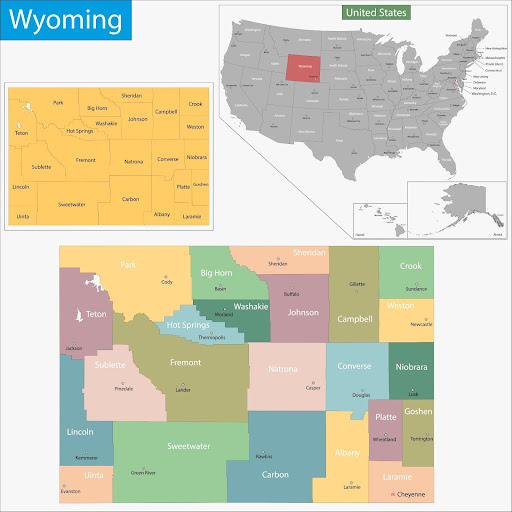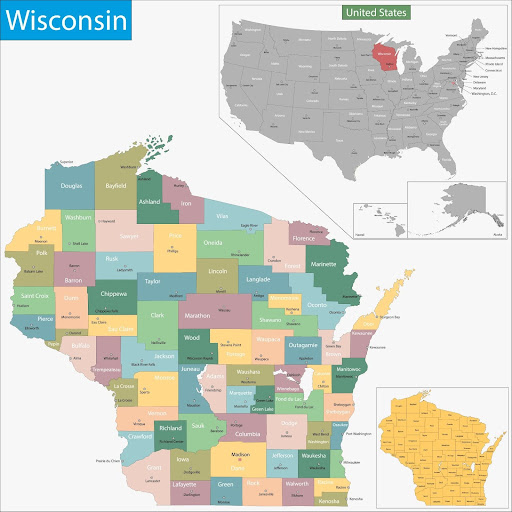Table of Contents
Kentucky’s wildfire landscape is shaped by its rolling hills, expansive hardwood forests, and a climate that can swing from soaking rains to sudden drought. Fire investigators need to stay sharp whether they're tracing a fire back to a debris pile in the Daniel Boone National Forest or documenting a wind-driven blaze in the Appalachian foothills.
Read on to learn more about wildland fire resources in Kentucky, including key agencies, seasonal patterns, training opportunities, and how to stay connected to real-time incident data. Whether you're a seasoned investigator or just getting started, understanding Kentucky’s fire environment is essential to effective fieldwork.
For practical links and guidance, see our resources for wildland firefighting.
Live Incident Updates & Maps
Use this live tool to monitor active wildland fires and updates in Kentucky:
State Overview
Kentucky may not burn as frequently as western states, but when it does, the terrain and fuels create unique challenges for suppression and investigation.
- Eastern Kentucky: The Appalachian Plateau and Cumberland Mountains are fire-prone, especially in fall. Fires spread through leaf litter and dry hardwood stands. Terrain complicates access and mop-up.
- Central Kentucky: Mostly agricultural and mixed woodland. Wildfires often result from escaped debris burns or equipment sparks.
- Western Kentucky: Less forest cover but home to fire-prone river bottoms and grasslands. Prescribed fire activity is increasing in land conservation zones.
Human activity accounts for more than 99% of wildfires in Kentucky. Arson remains a leading cause in many eastern counties, making accurate origin determination crucial.
Wildfire Season Timeline
Kentucky has two short, intense wildfire seasons:
- Spring (Mid-February to April 30): This is peak fire season. Dry, cured fuels, increasing wind, and active debris burning contribute to most yearly ignitions.
- Fall (October 1 to December 15): Leaf fall and low humidity trigger a second wave of activity, especially in forested regions.
Burning is prohibited statewide between 6 a.m. and 6 p.m. when within 150 feet of any woodland or brushland. Investigators should monitor compliance closely when determining ignition circumstances.
Key State Agencies Involved
Local Wildland Firefighting Resources
Local departments play a major role in Kentucky’s fire response, especially during the initial attack phase. Here’s a look at local resources available for wildland firefighting.
List of Local/State/Federal Fire Response Agencies
Contact Numbers and Emergency Links
- Report a Wildfire: Dial 911
- Kentucky Division of Forestry: (502) 564-4496 | forestry.ky.gov
- Burn Ban Status by County: kyem.ky.gov
- USFS (Daniel Boone NF Dispatch): (606) 864-4163 | fs.usda.gov/dbnf
Training & Volunteering
Kentucky offers various training programs and volunteer opportunities if you’re interested in wildland fire management.
NWCG-Approved Academies and Centers
Volunteer and Seasonal Training Opportunities
Stay Informed on Kentucky’s Wildland Fire Landscape
Kentucky can burn fast and hot when the conditions are right. Investigators here must stay in step with shifting burn restrictions, weather windows, and recurring ignition patterns. Arson trends in eastern Kentucky make fire cause determination more than just protocol; it’s often public safety.
Stay ahead by:
- Signing up for KDF incident and weather bulletins
- Monitoring NOAA Red Flag Warnings
- Participating in KWFA or county-level refresher courses
- Staying connected with local burn associations and volunteer leadership
You won’t always be investigating big acreage fires, but every ignition here deserves precision and follow-through. From hollers to hardwoods, Kentucky’s fire terrain keeps you honest.
FAQs
How do I report a wildfire in Kentucky?
Call 911. Provide coordinates or landmarks if you're in a remote area.
Can I burn during fire season?
Only between 6 p.m. and 6 a.m. and never during a burn ban. Check KDF and county emergency websites before igniting.
Who investigates wildfires in Kentucky?
KDF leads on state/private lands. USFS handles federal land. Suspicious fires may involve the State Police or the Fire Marshal’s Office.
How do I become a certified wildland firefighter in Kentucky?
Attend the Kentucky Wildland Fire Academy or KDF-sponsored NWCG courses. Red card certification is required for field deployment.










